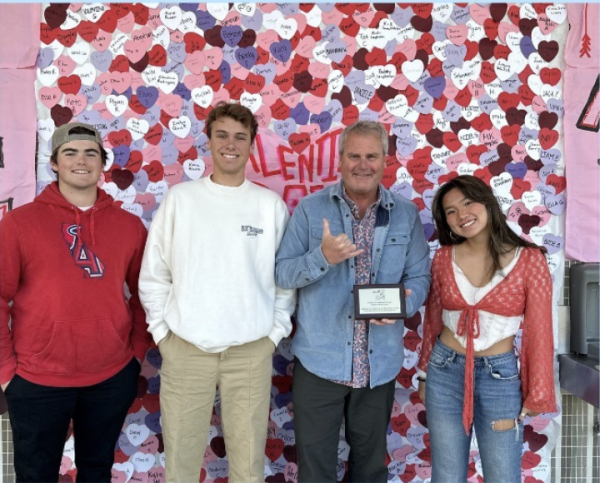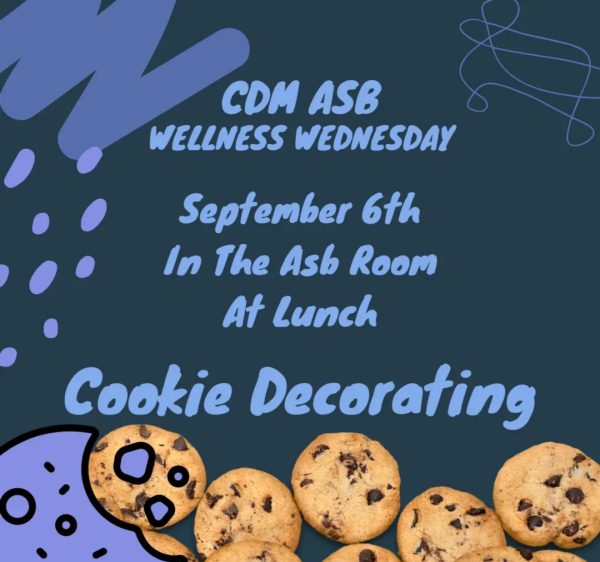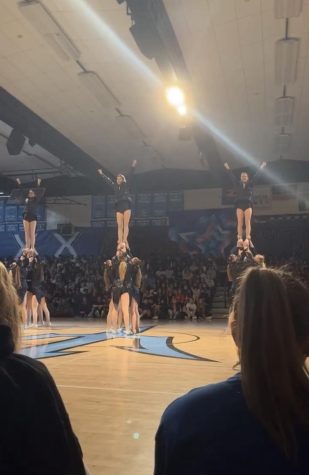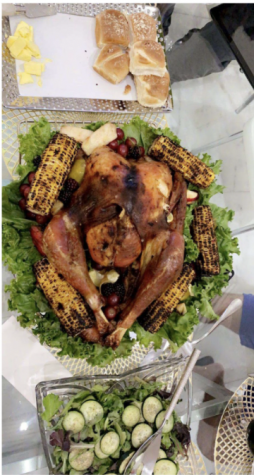Student Voices September and October 2022

Photo Courtesy of Student Voices slideshow shared by Mr. Dobyns
October 8, 2022
Student Voice is a chance for Corona del Mar High School students to talk about specific problems they face that are related to school. It takes place over a two-month period and consists of two meetings. For the first meeting, every third-period class is welcome to send two students of the teacher’s choice to give input on a topic predetermined by whoever is running that student voices session. This time it was Ms. Owney who ran the ninth and tenth-grade room, while Mr. Dobyns conducted the conversation of the eleventh and twelfth graders. The meeting takes place during the first half of third period, and after it concludes the representatives report back to their classes at the behest of their teachers. The chosen students reiterate what the discussion was about and asks their classmates for any input for the following meeting. The next month, the group of students who had previously gathered are welcomed back to think of action plans for the specific problems previously discussed, hopefully with the feedback they received from their classmates.
This month the high school representatives faced the topics of stress, depression, and anxiety. These topics are ones that strike close to heart for many students at this school juggling a packed schedule. Junior Aidan Tate, despite expressing some doubts in the overall effectiveness of what can be accomplished with such a massive and widespread problem, agrees that student voices is “helpful to the extent where students can recognize where they can fix things.” He does agree that there is more to be gained from the potential of this program than is currently being harnessed. As a newer program that only began right before COVID lockdowns occurred and took a step back during online school, student voices still has some kinks to be ironed out. Fellow Junior Alana Kirwan seconds the idea that in its current form student voices didn’t accomplish much; in the meeting, they “didn’t really come to any solutions.”
Tate is hopeful that as more teachers get involved with and take an interest in the happenings of student voices, their awareness of the specific issues on students’ minds could help to ease stress, as well as the other topics that were discussed. Though the measures of the impact of student voices is small now, it does not mean that it’s effect will not be seen overtime. Mr. Dobyns addressed this fact during the second student voices meeting agreeing that the change seen will likely not be immediate, but overtime, it will occur, even if the upperclassmen might not get to see much of it during their time at this school. Where this opportunity for communication between students and staff evolve and what it’s future effects will be, is unknown, but rest assured that it can only continue to grow from this point on because year after year new students come in with fresh ideas.











